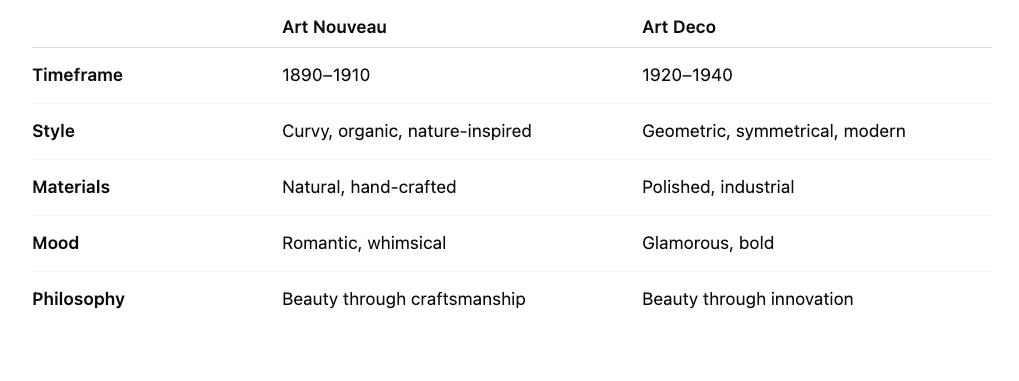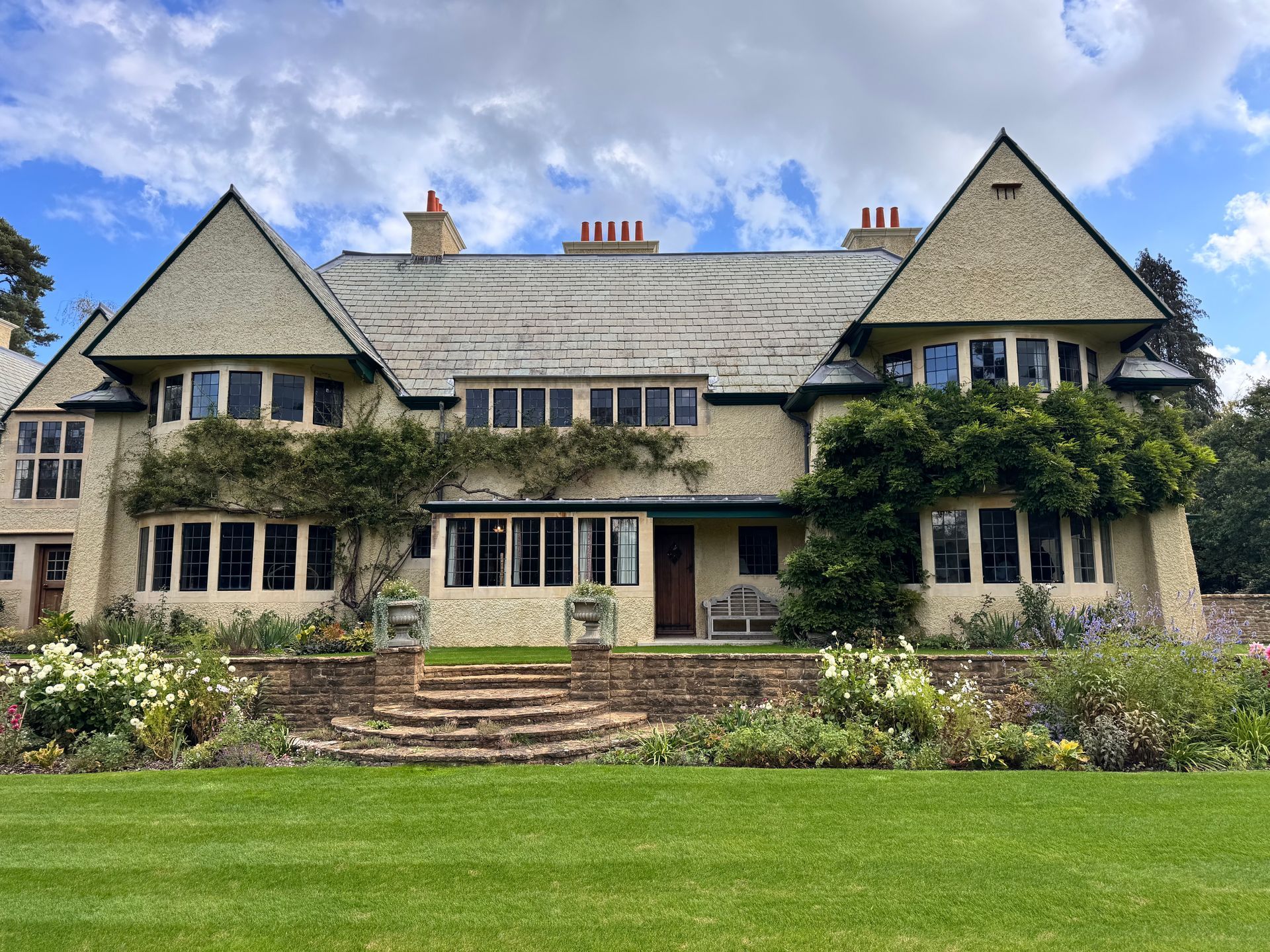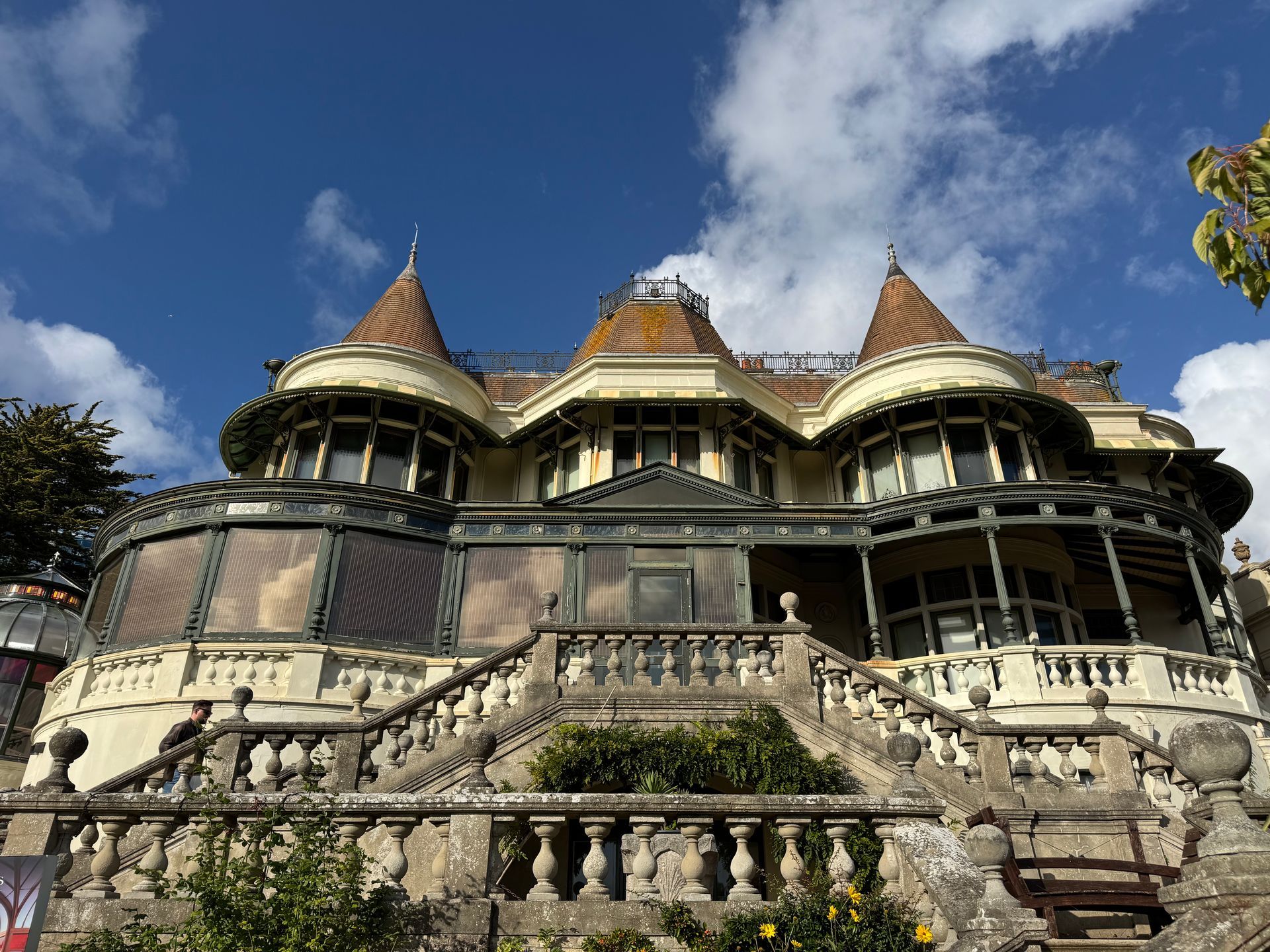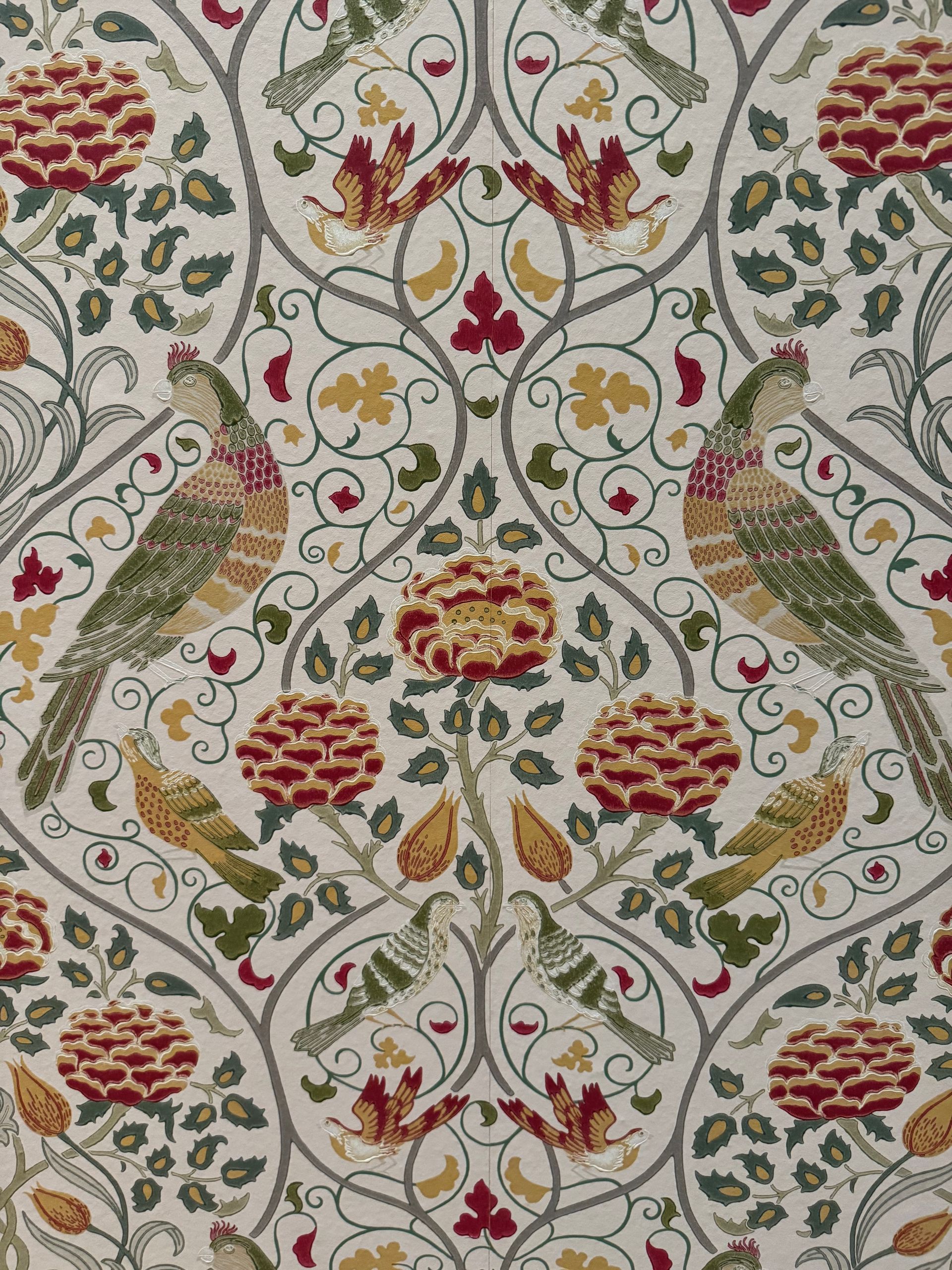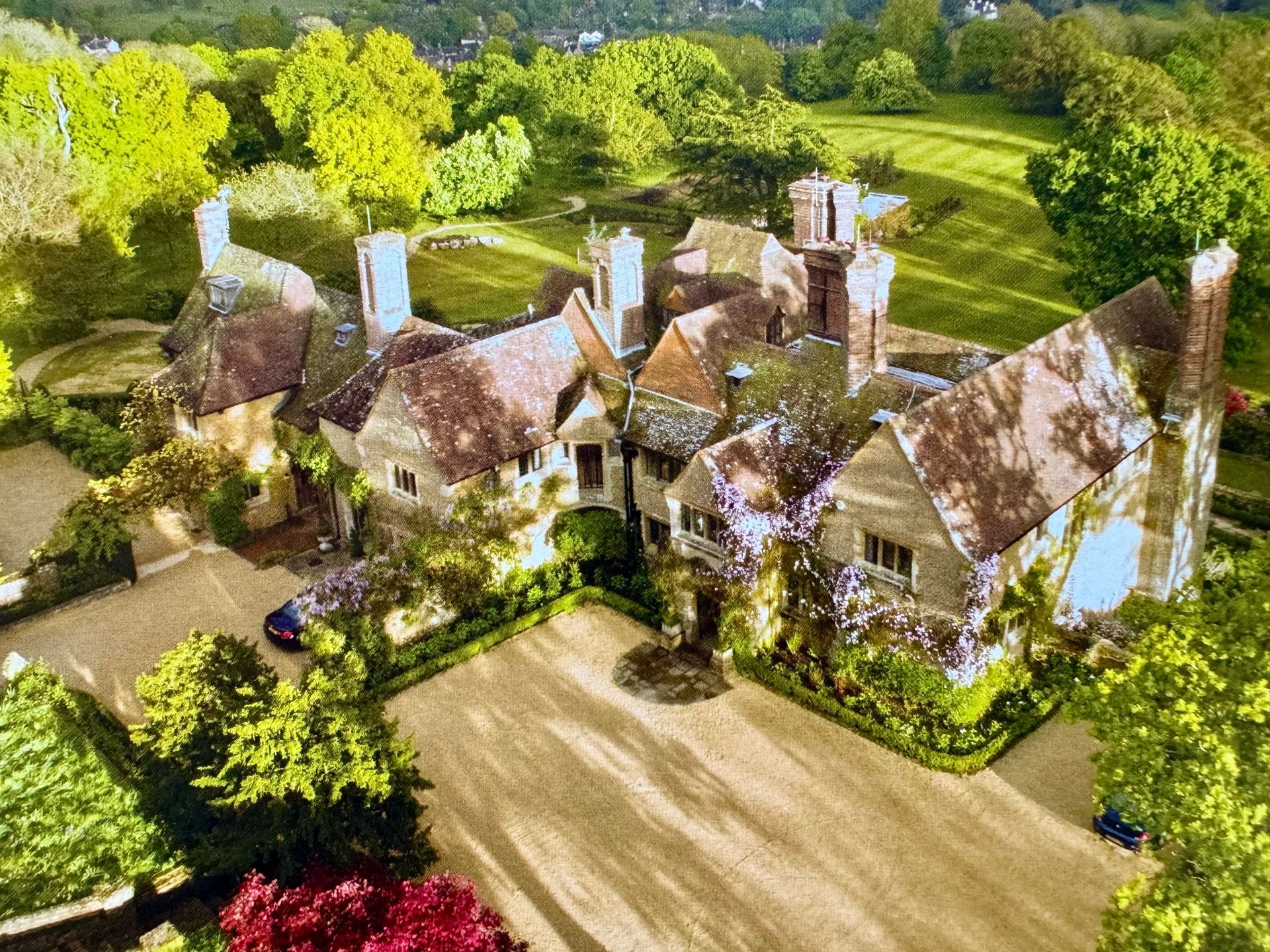What Art Deco teaches us today
Art Deco was born in a period of optimism. The First World War had ended, and there was a collective yearning for progress, elegance and order. Art Deco responded with geometry, symmetry and rich materials. It embraced the new while honouring craftsmanship—fusing traditional techniques with cutting-edge ideas.
In Britain, Art Deco made its mark in both public and private architecture. Think of the streamlined curves of London’s Daily Express Building, the striking detailing of Eltham Palace or the ocean liner glamour of many 1930s suburban homes. This was a style that wasn’t afraid to make a statement. It combined exotic influences with technological advances: chrome, glass, lacquer, inlays and exotic woods—all arranged with rigour and flair.
For interior design, Art Deco brought a new confidence. Colour schemes were rich but controlled—ivory, black, jade and gold were typical. Patterns were graphic: zigzags, sunbursts, chevrons and stylised florals, often used in marquetry, textiles and flooring. This was the era of the cocktail cabinet, of sleek lighting, of elegance with an edge.

Eltham Palace, English Heritage
Eltham Palace, English Heritage
Button
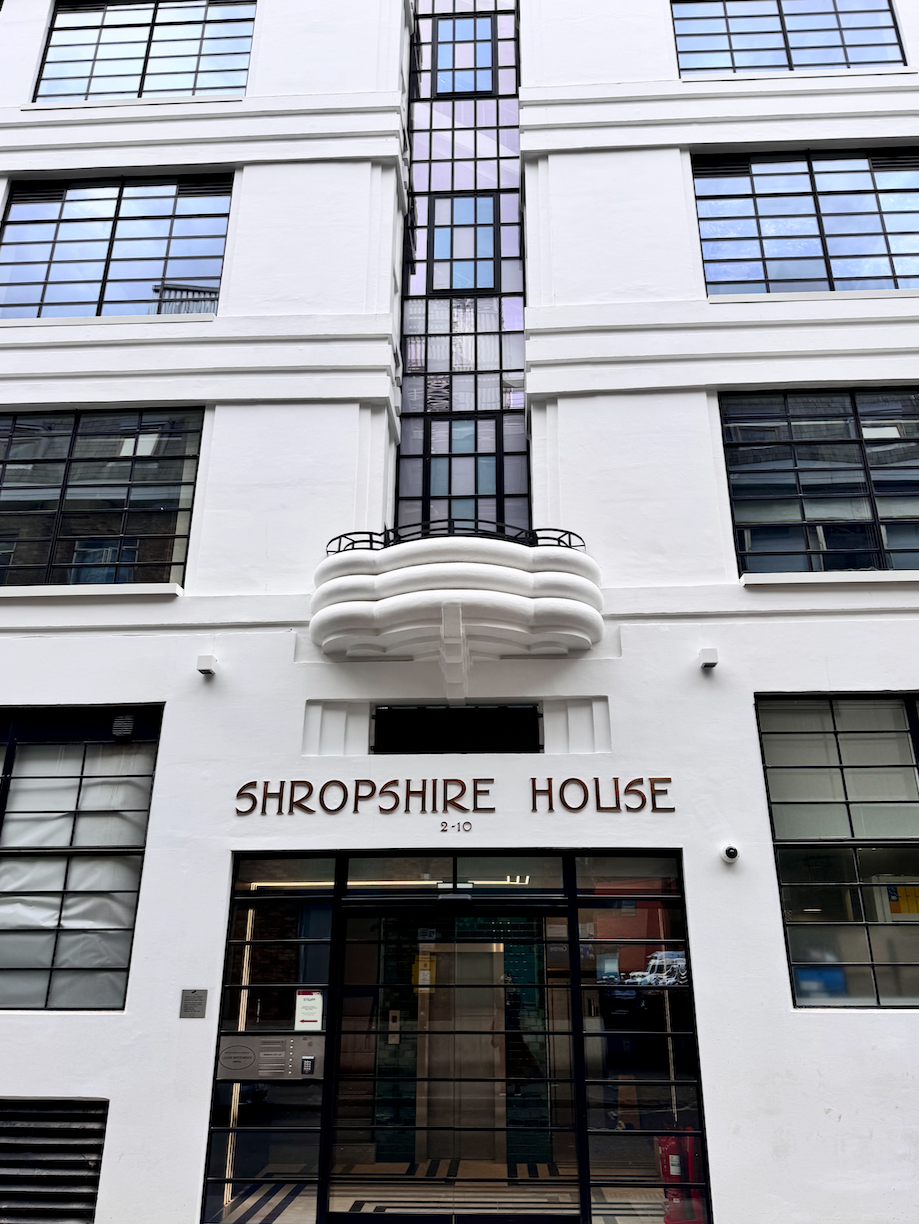
Shropshire House, commercial offices, London
Write your caption here
Button
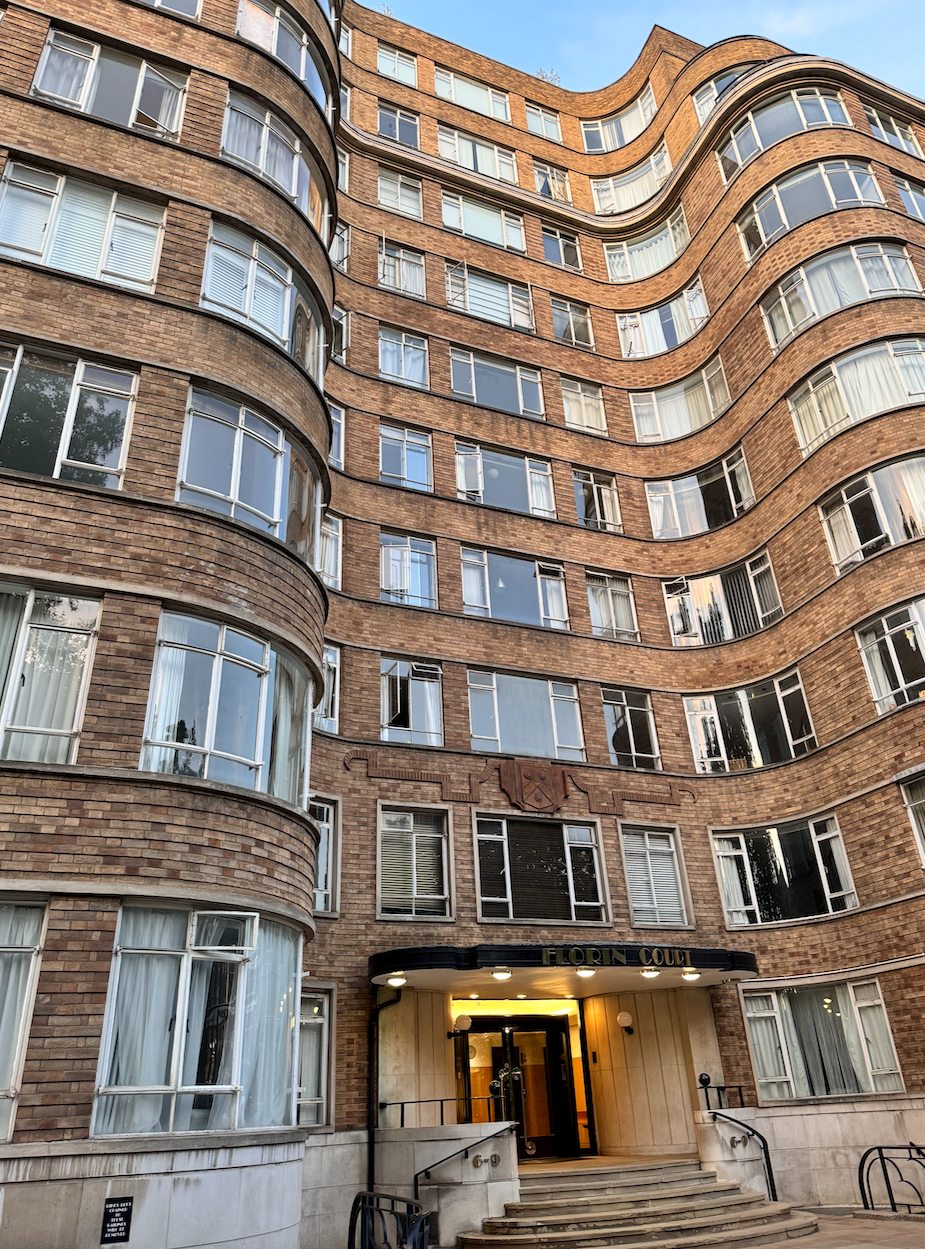
Florin Court mansions, London
Write your caption here
Button
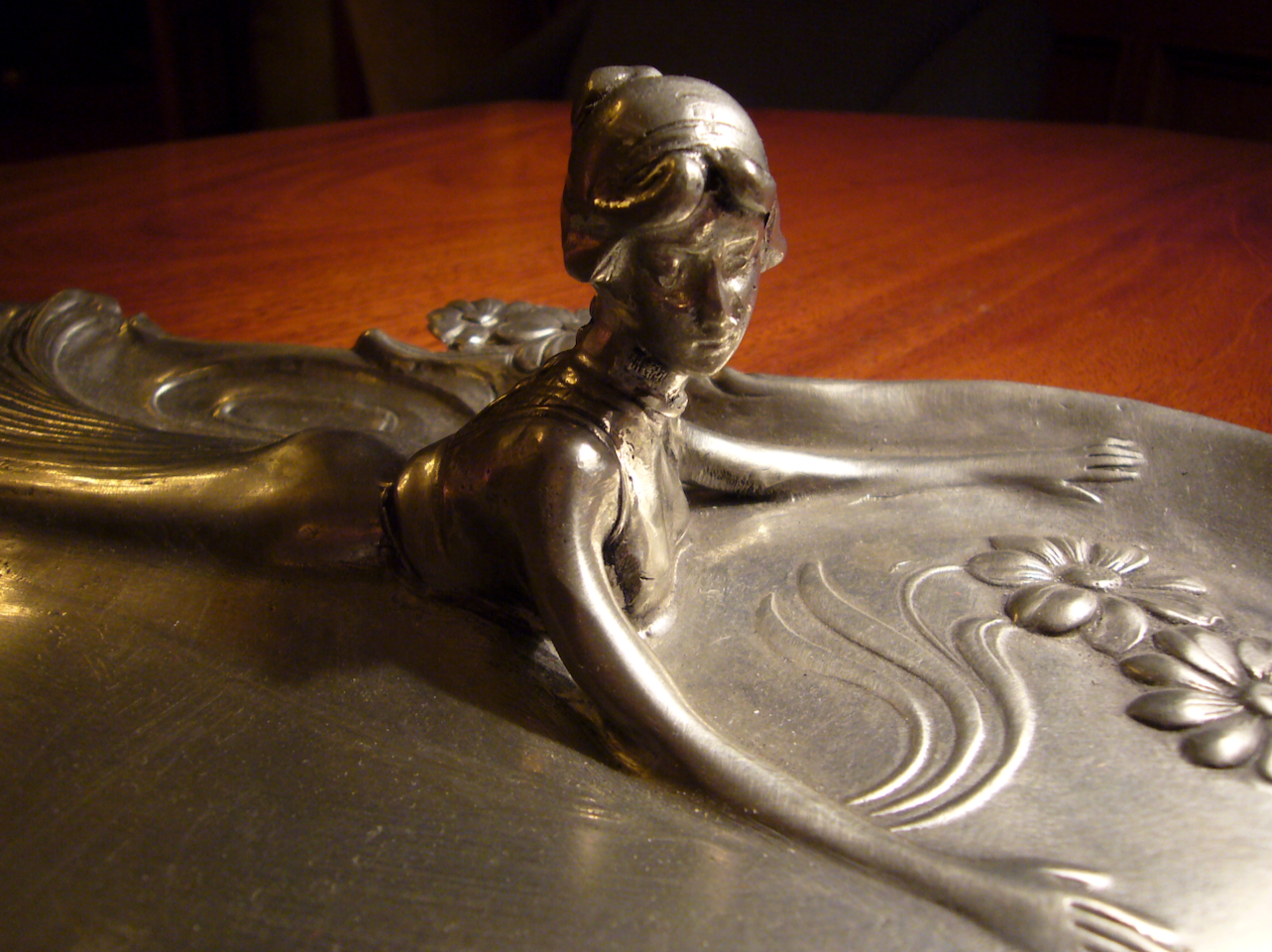
Art Nouveau pewter dish
Write your caption here
Button
So why does Art Deco still matter?
It reminds us of the power of clarity. In a world often overloaded with visual noise, Art Deco offers a masterclass in balance and intention. Every line and curve was considered. The palette was disciplined, the silhouettes striking.
There’s also a lesson in creative courage. Art Deco wasn’t subtle, and it wasn’t trying to be timeless. It was proud to be of its time—and in doing so, it became timeless anyway. That’s a useful reminder for today’s renovators: make bold choices, but make them with purpose.
What’s the difference between Art Deco and Art Nouveau?
Unlike its curvier predecessor, Art Nouveau, which took its cues from nature, Art Deco looked to the future. It celebrated the rise of industry, speed, and technology—streamlining ornament and favouring clean lines over flowing ones. This shift marked a broader cultural change: design was no longer just about beauty, but about modern living.
If you own a period property with Art Deco details—Crittall windows, parquet flooring, stepped fireplaces or fan motifs—it’s worth celebrating them. These features can be beautifully integrated into a contemporary scheme, adding layers of character and authenticity. And if you’re simply drawn to the style, there are ways to nod to it with colour, pattern, and silhouette—without slipping into pastiche.
Art Deco turns 100 this year, but it still feels utterly relevant: a reminder that good design speaks across generations.







